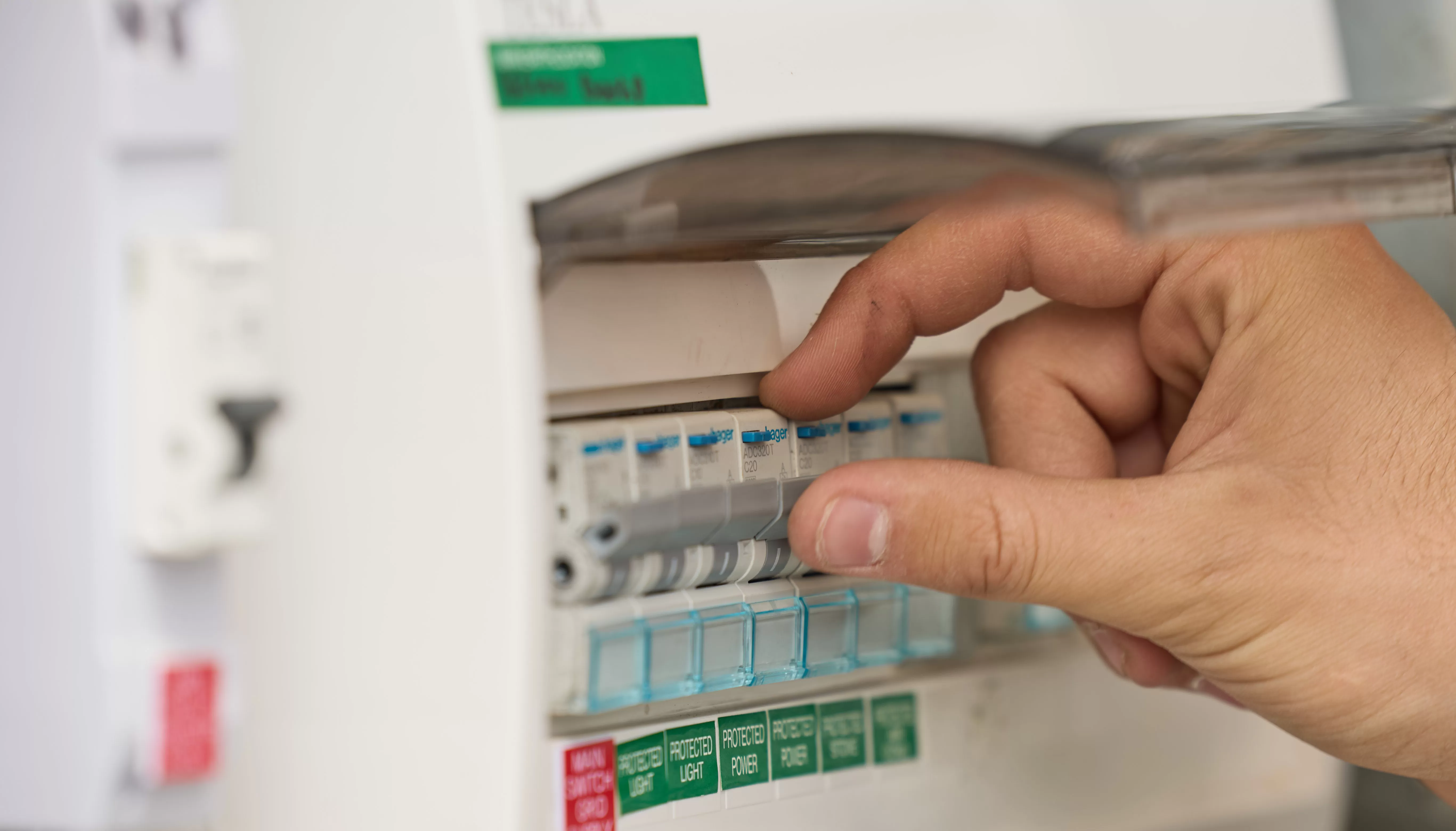News & Resources

In the complex web of wires and circuits that power our homes, safety should always be a top priority. Unfortunately, electrical hazards like faulty wiring, damaged appliances, and accidental contact can lead to serious injuries, fires, and even fatalities.
This is where Residual Current Devices (RCDs) come into play, acting as silent guardians that offer crucial protection for your family and property.
What are Residual Current Devices (RCDs)?
RCDs, also referred to as Safety Switches is sensitive safety devices installed in electrical circuits. They continuously monitor the flow of electricity and are designed to instantly disconnect the power supply if an imbalance is detected, preventing potentially harmful electrical shocks.
Benefits of RCDs
RCDs offer a multitude of benefits for homeowners, making them an invaluable addition to any electrical system. Here are some key advantages:
Enhanced Protection Against Electrical Shock
The primary benefit of Residual Current Devices is their ability to significantly reduce the risk of electrical shock. When an imbalance in the current flow occurs, indicating potential leakage or contact with a live component, RCDs react within milliseconds to cut off the power supply. This swift action prevents serious injury or even death from electrical shocks, protecting you and your family from harm.
Reduced Risk of Electrical Fires
Electrical faults, such as overloaded circuits or damaged wiring, can spark fires and pose a significant threat to your home and belongings. RCDs, by detecting and disrupting faulty currents, play a crucial role in preventing fires. This proactive protection minimises the potential for fire damage and ensures a safer living environment.
Improved Electrical Safety
RCDs contribute to a safer electrical environment by constantly monitoring the current flow and identifying potential problems before they escalate. This early detection helps prevent electrical hazards from developing, providing peace of mind and ensuring the safe operation of your electrical appliances and devices.
Reduced Costs and Maintenance
By preventing electrical faults and fires, RCDs can potentially save you money in the long run. Avoiding costly repairs to damaged appliances or extensive fire damage can offset the initial cost of installing and maintaining RCDs. Additionally, RCDs require minimal maintenance, further contributing to their cost-effectiveness.
Increased Home Value
Modern homes equipped with RCDs are considered safer and more desirable by potential buyers. The presence of RCDs demonstrates your commitment to safety and proactive maintenance, potentially increasing the value of your home and making it more attractive in the market.
Compliance with Regulations
In many regions, installing RCDs is mandatory for new construction and electrical upgrades. By having RCDs installed, you ensure compliance with relevant safety regulations and avoid potential legal repercussions.
Protection for Specific Areas
Certain areas in your home, like bathrooms, kitchens, and outdoor spaces, are more prone to electrical hazards due to moisture and water exposure. Installing RCDs in these areas provides additional protection for individuals and prevents electrical accidents.
Wide Range of Applications
RCDs are available in various types and configurations, making them suitable for a wide range of applications. From portable devices for individual appliances to whole-house installations, RCDs offer flexible protection tailored to your specific needs and electrical system.
Invest in Safety with RCDs
Investing in RCDs is a wise decision for any homeowner who prioritises the safety and well-being of their family and property. These life-saving devices offer a multitude of benefits, from preventing electrical shock and fires to promoting peace of mind and increasing home value. Consult a qualified electrician to discuss the specific needs of your home and explore the different types of RCDs available. Remember, prioritising electrical safety is an investment in a secure and comfortable living environment.





